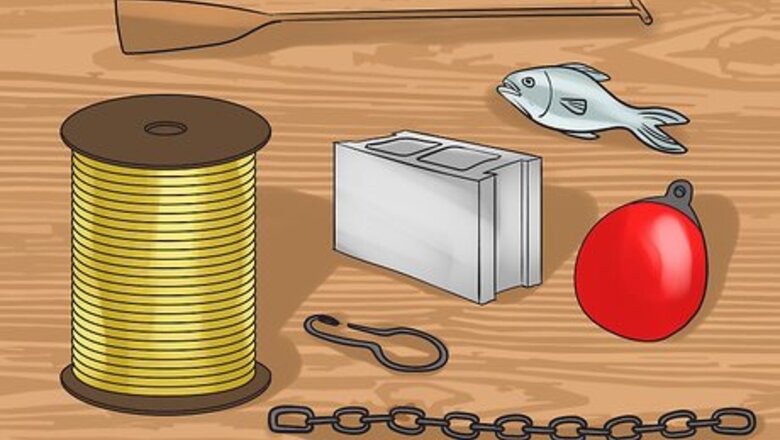
views
Preparing the Line
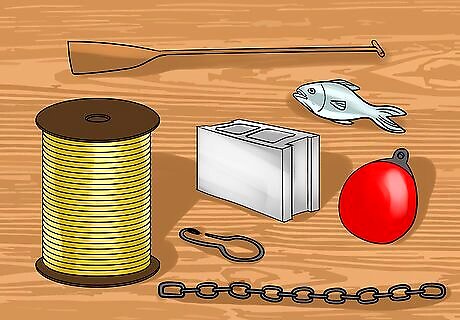
Get the necessary materials. See Things You'll Need section.
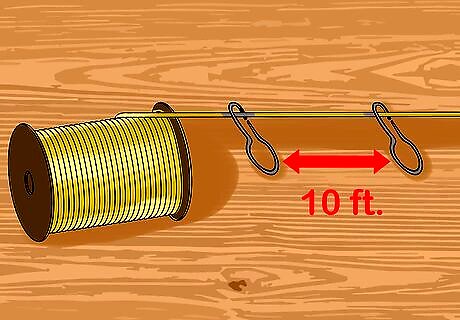
Hook the 30 shower hooks through the threading of the rope, and space them out every 10 feet (3.0 m). The hooks should be stable and should be ready to be baited.
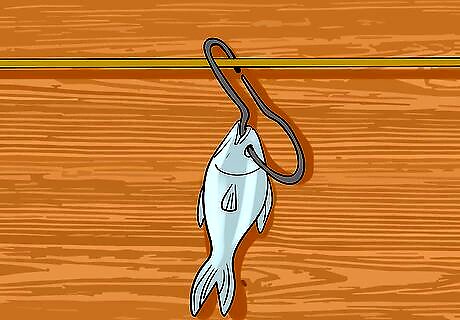
Bait the hooks. Hook the pieces of bait onto the shower hooks and snap them shut to lock in the bait. If you have fish heads, hook through the eye and out the mouth. If you have chicken necks, poke the hook through the part of the neck with the most meat.
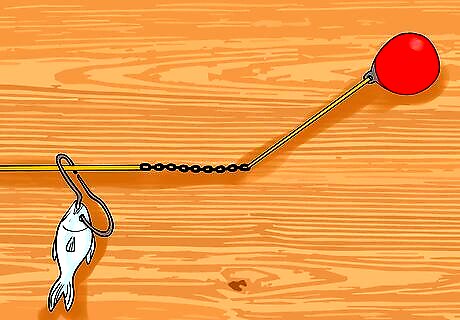
Tie the chains to the rope at both ends of the trotline. At the end of the chain, tie another piece of rope (approx 5 ft), and then tie this to the buoy.
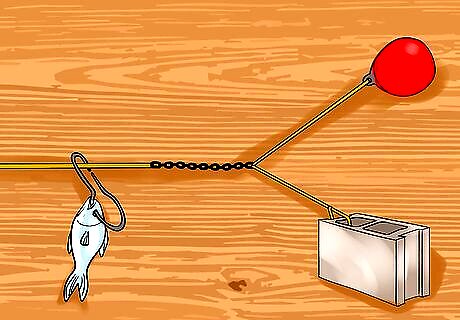
Tie whatever weights you could find to separate pieces of rope approximately as long as the depths you are crabbing in. Then tie the other ends of these rope to the buoys such that the weight rope and the trout line form a “V.”
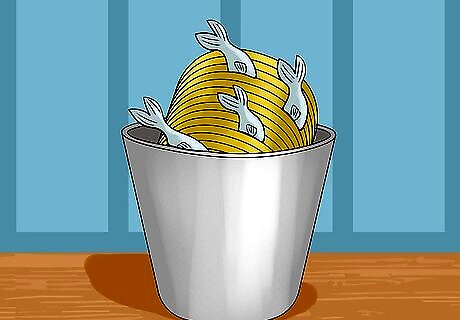
Wind your rope up in a bucket so that it can be easily transported into your boat.
Getting it Into the Water
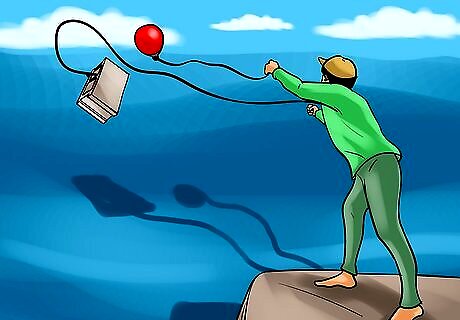
Throw out first buoy and weight. Let your boat drift and let the line be pulled in. This ensures that it is spaced out evenly on the bottom.
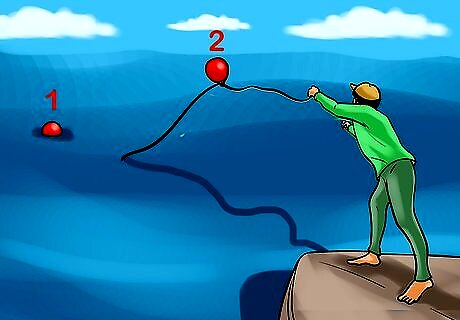
Throw the other buoy out away from the boat to make sure the trotline is taught.
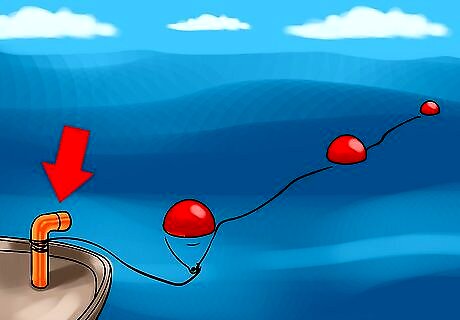
Set up a hook on the end of your boat to run the line through (use a 4x4 and piece of curved PVC pipe). Make sure to secure the 4x4 directly to the boat using rope. A cleat near the bow of the boat is a good option.
Catching the Crab
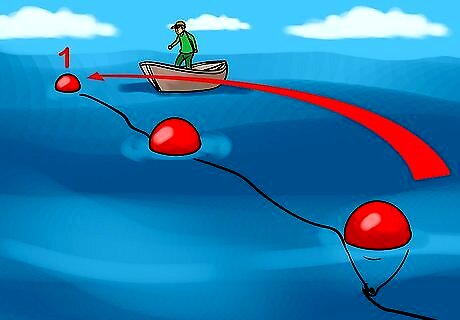
Drive the boat back to where you first put the line in and start there.
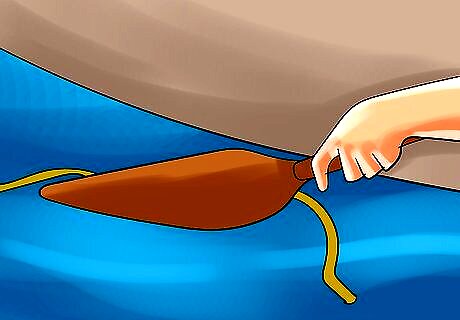
Get the line using the hooked paddle and run it through the hook attached to the end of your boat and let your boat drift down the line. This will work because you put the line out in the direction of current.
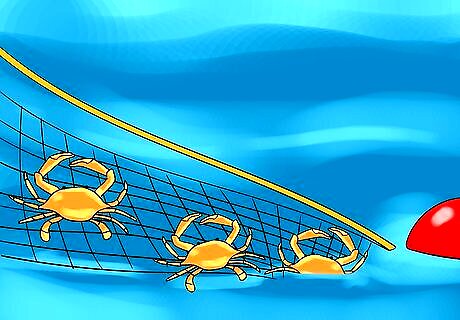
Scoop crabs up with a net! Rebate the hooks if they come up empty as you go down the line, this saves time and increases your catch.











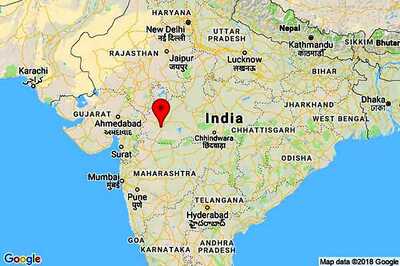


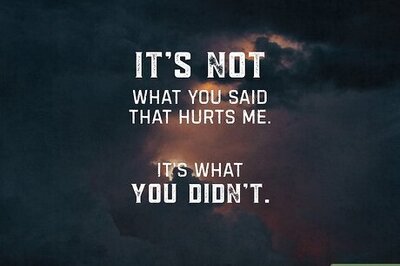




Comments
0 comment